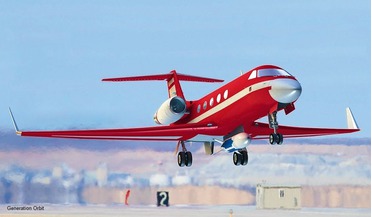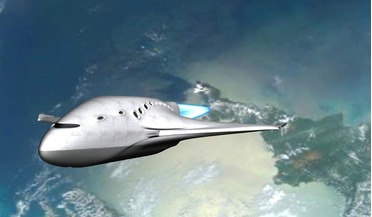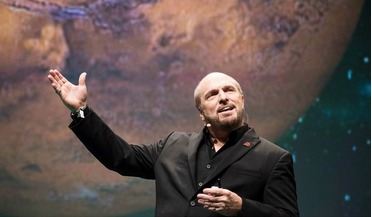 March 2015
Small is the new big: why micro-satellites require new laws
March 2015
Small is the new big: why micro-satellites require new laws
... a tracking device, such as the retro-reflector proposed by Dr. Stuart Eves during the last Re-Inventing Space Conference in London. This would make them trackable from the ground and offer larger satellites the opportunity to undertake...
 June 2015
Lunar Mission One: crowdfunding endeavour and drilling on the Moon
June 2015
Lunar Mission One: crowdfunding endeavour and drilling on the Moon
... from over 70 countries in the process. When it was officially launched at the end of 2014 at the Royal Society in London, the project received plenty of media interest in both its consumer proposition and its public engagement opportunities...
 June 2015
FanWing: short take-off capability creates a new way to fly
June 2015
FanWing: short take-off capability creates a new way to fly
... point for the invention. Turning point Professor JMR Graham, then Head of Unsteady Aeronautics at Imperial College, London, asked Peebles to authorise his own departmental use of the wing as the basis for a graduate thesis because...
 June 2015
Finding asteroids before they find us
June 2015
Finding asteroids before they find us
... 80 million trees. If this had impacted a metropolitan area, the blast zone would have been the size of London, Paris, or Washington, DC. To date, we have identified the trajectories of less than one percent of asteroids, or about 10,000 that...
 February 2016
The Benefits of a British Spaceport
February 2016
The Benefits of a British Spaceport
... - and they thought this would be an ideal site.’ Brancaster was also relatively near Hatfield, Stevenage, and London, all important centres at the time in the British space industry, and yet it offered enough remote land...
 February 2016
Space – Overcoming Our Limitations
February 2016
Space – Overcoming Our Limitations
..., because life exists on Earth. And it’s only a matter of time until visiting friends on Mars is as easy as visiting them in London. Ray Bradbury wrote in The Martian Chronicles: ‘The Men of Earth came to Mars. They came because they...